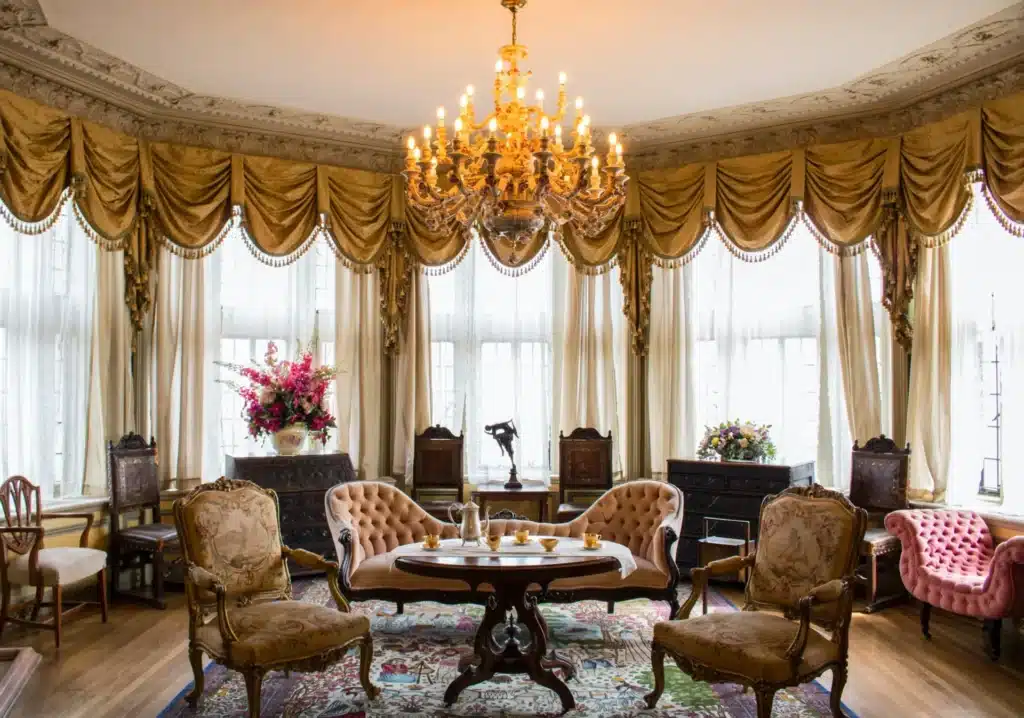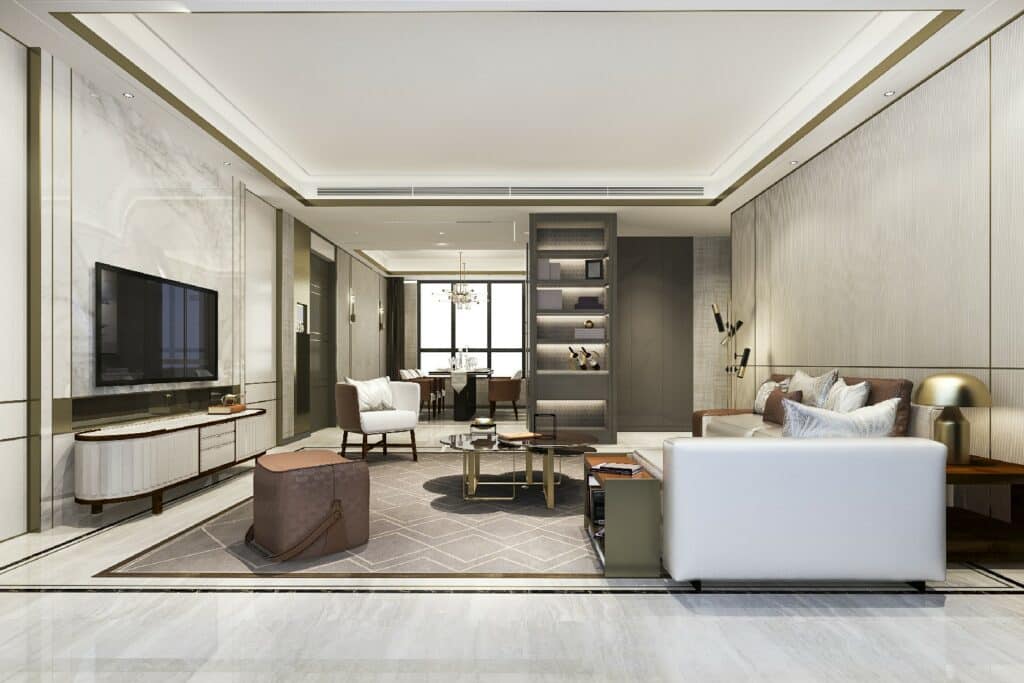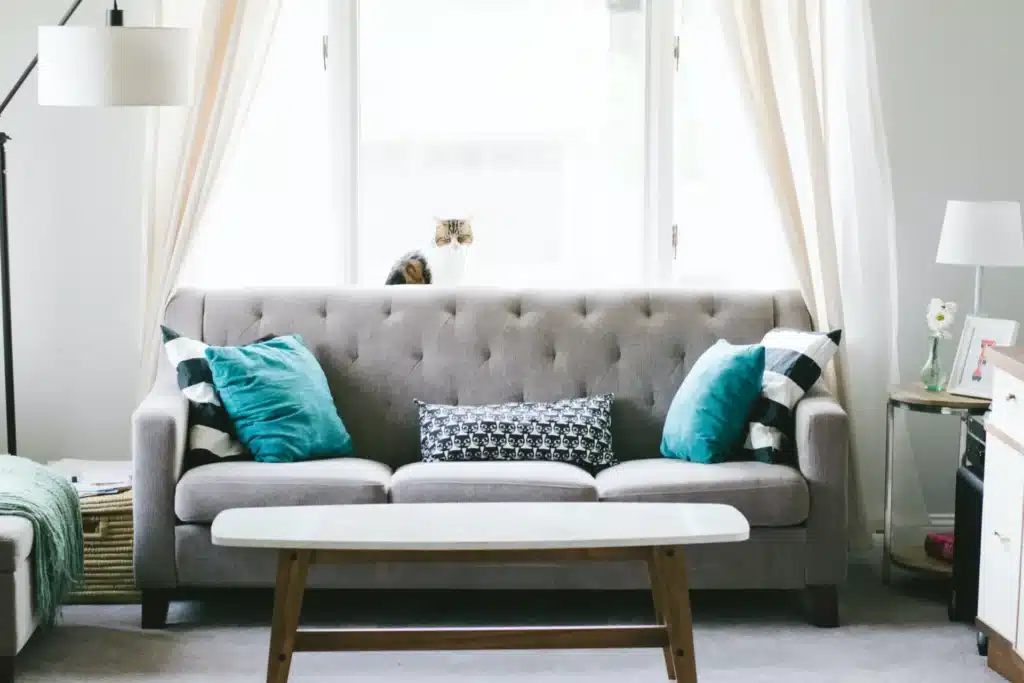High-end antique furniture is typically made from high-quality materials, such as solid wood, precious metals, and exotic woods. These materials are often rare and expensive, adding to the value and uniqueness of the piece. In contrast, plain old furniture is often made from lower quality materials, such as particleboard or medium-density fiberboard (MDF), which are less durable and less aesthetically pleasing.
Design and Craftsmanship:
High-end antique furniture often features intricate designs, with ornate carvings and details that showcase the exceptional craftsmanship of the maker. These pieces are often one-of-a-kind or made in limited quantities, with a focus on quality over quantity. In contrast, plain old furniture is often mass-produced, with little attention paid to design or craftsmanship. The focus is on functionality and affordability rather than aesthetic appeal.
Rarity and Provenance:
High-end antique furniture pieces are often rare and have a unique history or provenance, adding to their value and desirability. For example, a chair made by a famous designer or used by a historical figure will be more valuable than a similar chair with no such history. In contrast, plain old furniture is often generic and lacks any unique history or provenance.
Condition and Restoration:
The condition of high-end antique furniture is often excellent, as these pieces were often well cared for and maintained over the years. When restoration is needed, it is typically done by experts who use traditional techniques and materials to preserve the authenticity and value of the piece. In contrast, plain old furniture often shows signs of wear and tear, and restoration is often done using modern materials and techniques that detract from the value and authenticity of the piece.
Value and Investment Potential:
High-end antique furniture is a valuable investment, with prices ranging from a few thousand to several million dollars for rare and exceptional pieces. The value of high-end antique furniture often appreciates over time, as collectors and enthusiasts seek out these pieces to add to their collections. In contrast, the value of plain old furniture often depreciates over time, as these pieces lack the rarity and investment potential of high-end antique furniture.
Conclusion:
In conclusion, the differences between high-end antique furniture and plain old furniture are numerous and significant. High-end antique furniture is made from high-quality materials, features exceptional craftsmanship, and often has a unique history or provenance that adds to its value and desirability. These pieces are typically in excellent condition and are restored using traditional techniques and materials to preserve their authenticity and value. High-end antique furniture is a valuable investment that appreciates over time, making it an attractive choice for collectors and enthusiasts.
In contrast, plain old furniture is often made from lower quality materials, lacks intricate design and exceptional craftsmanship, and has little investment potential. These pieces are often mass-produced and lack a unique history or provenance. The condition of plain old furniture is often poor, and restoration is often done using modern materials and techniques that detract from the value and authenticity of the piece.
Overall, the choice between high-end antique furniture and plain old furniture depends on the individual’s preferences and priorities. For those seeking exceptional furniture pieces that are not only functional but also works of art, high-end antique furniture is the way to go. On the other hand, for those seeking functional furniture pieces that are affordable and readily available, plain old furniture may be a more practical choice.




